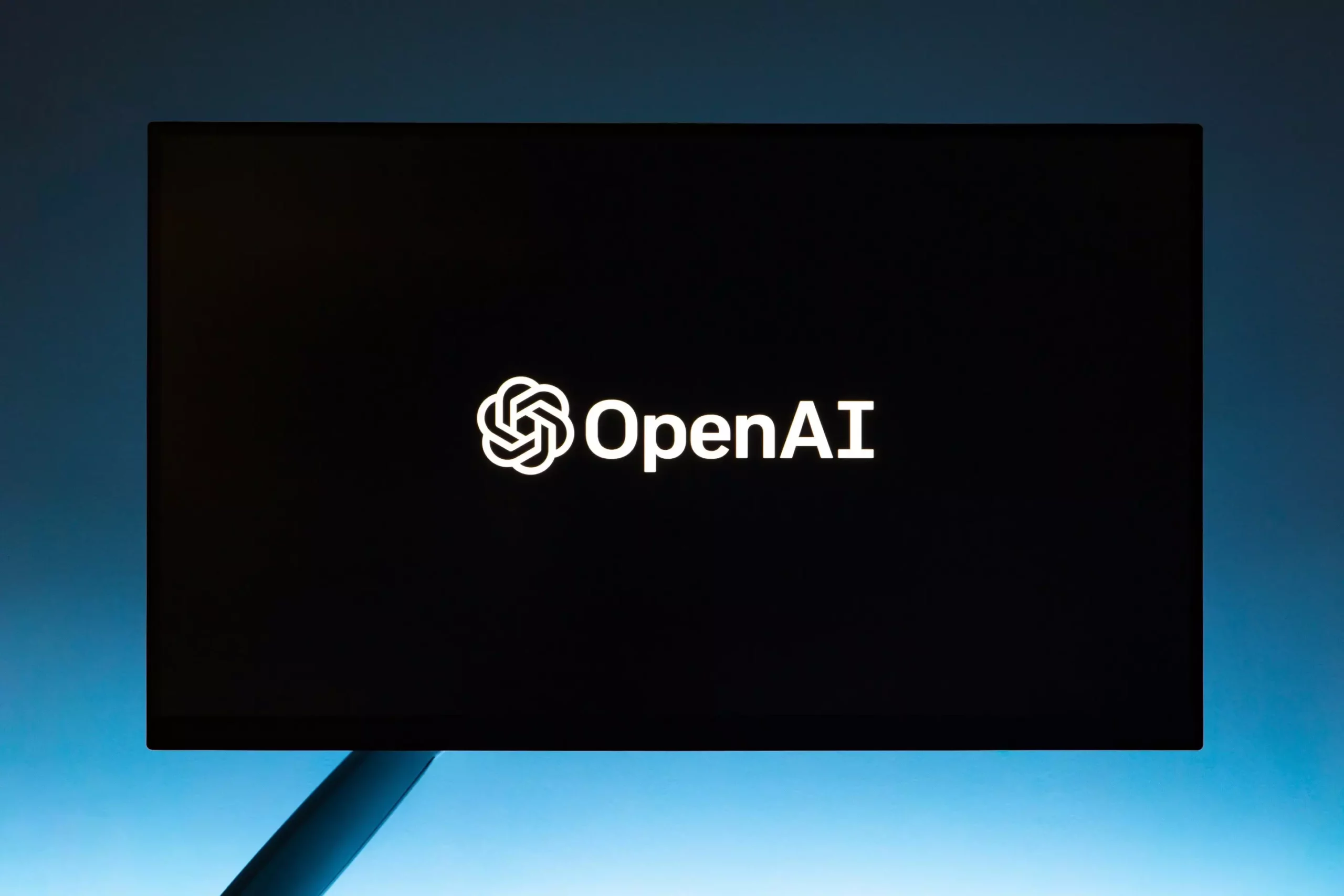OpenAI, a prominent player in the AI landscape, is undergoing significant changes that highlight an evolving paradigm within the company. Recently, discussions surrounding the potential restructuring of OpenAI to a for-profit model and the possibility of granting CEO Sam Altman a 7% equity stake have garnered substantial media attention. These negotiations are not mere corporate maneuvering; they reflect a fundamental shift in OpenAI’s strategic direction amid leadership volatility and a pressing need for sustainable growth.
Historically, OpenAI was established in 2015 as a nonprofit research organization with noble intentions—creating artificial intelligence that is safe and beneficial for humanity. This altruistic foundation had initially deterred Altman from accepting any ownership stake. His focus was on advancing the organization’s mission without the taint of personal profit. However, with the escalating valuation of OpenAI, which is reportedly eyeing a $150 billion status as it seeks to raise $6.5 billion, the notion of retaining purely nonprofit ideals has become increasingly impractical.
The consideration to transition towards a public benefit corporation—wherein profit generation could coexist with the original mission—represents both an evolution in OpenAI’s operational framework and a response to external investor pressures. By granting Altman an equity stake, OpenAI might not only align its leadership incentives with business performance but also signal to the market its commitment to a sustainable future.
The Impact of Leadership Instability
However, these strategic changes are taking place in a tumultuous environment marked by a notable exodus of senior management. The recent announcement of Chief Technology Officer Mira Murati’s departure serves as a stark reminder of the broader instability plaguing the organization. This follows a series of high-profile exits, including Ilya Sutskever, OpenAI’s chief scientist, and co-founder Greg Brockman. Such departures raise critical questions about the internal dynamics and morale at OpenAI, especially in light of Altman’s tumultuous tenure, which involved a brief firing and subsequent rehiring.
While Altman downplays the significance of these exits—attributing them to personal career choices—the cumulative effect on organizational knowledge and stability cannot be overlooked. Each departing executive takes with them a wealth of experience and insight, leaving behind a void that could hinder the organization’s ability to innovate and execute effectively.
The conversation surrounding Altman’s potential equity stake merits careful examination. Critics might argue that transitioning to a for-profit model, even as a public benefit corporation, complicates OpenAI’s ability to adhere to its founding principles. By intertwining financial incentives with its mission, the risk emerges that profit motives may occasionally overshadow the ethical considerations that were the bedrock of the organization’s inception.
Moreover, Altman’s assertion of a continued commitment to societal benefit has been met with skepticism. As investors pour billions into OpenAI, the balancing act of extracting revenue while preserving ethical AI development becomes increasingly complex. The company’s spokesperson maintains that the nonprofit aspect is central to its mission, yet such declarations may ring hollow if financial pressures lead to decisions that are misaligned with core ethical standards.
As OpenAI stands at this crossroads, future directions appear crucial not only for its operational survival but also for its ethical legitimacy. Employees are watching closely as leadership changes unfold amid an arduous transition period. The initial reactions to Murati’s departure reveal a broader sentiment among staff—the shock and concern for the company’s trajectory are palpable. Internal discussions showcased a mix of disbelief and worry, indicating that the atmosphere within OpenAI is fraught with uncertainty.
Altman’s acknowledgment of the need to share more information regarding transition plans speaks to a critical communication gap that needs addressing. For a workforce already grappling with the implications of their leaders’ departures, increased transparency could diminish anxiety and foster a more stable environment. The commitment to hold all-hands meetings and share updates is a step in the right direction but must be consistently upheld to build trust and morale among employees.
OpenAI’s potential transition to a for-profit entity, coupled with the grant of equity to Altman, marks a significant turning point for the organization. The company faces the dual challenge of maintaining its ethical commitments while pursuing financial viability. As leadership changes continue to unfold, the ability to foster employee loyalty and innovate effectively will be paramount for OpenAI’s success. As it navigates these uncharted waters, stakeholder engagement and a steadfast adherence to core values will be essential in ensuring that OpenAI not only survives but thrives in a rapidly evolving technological landscape.

